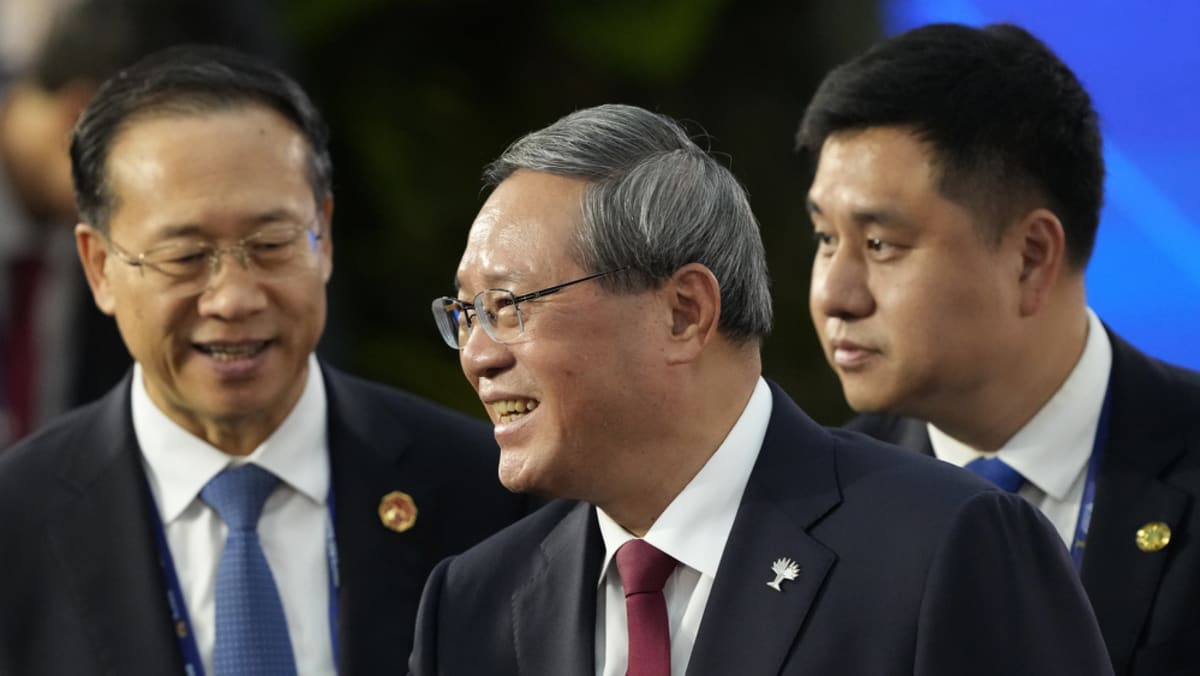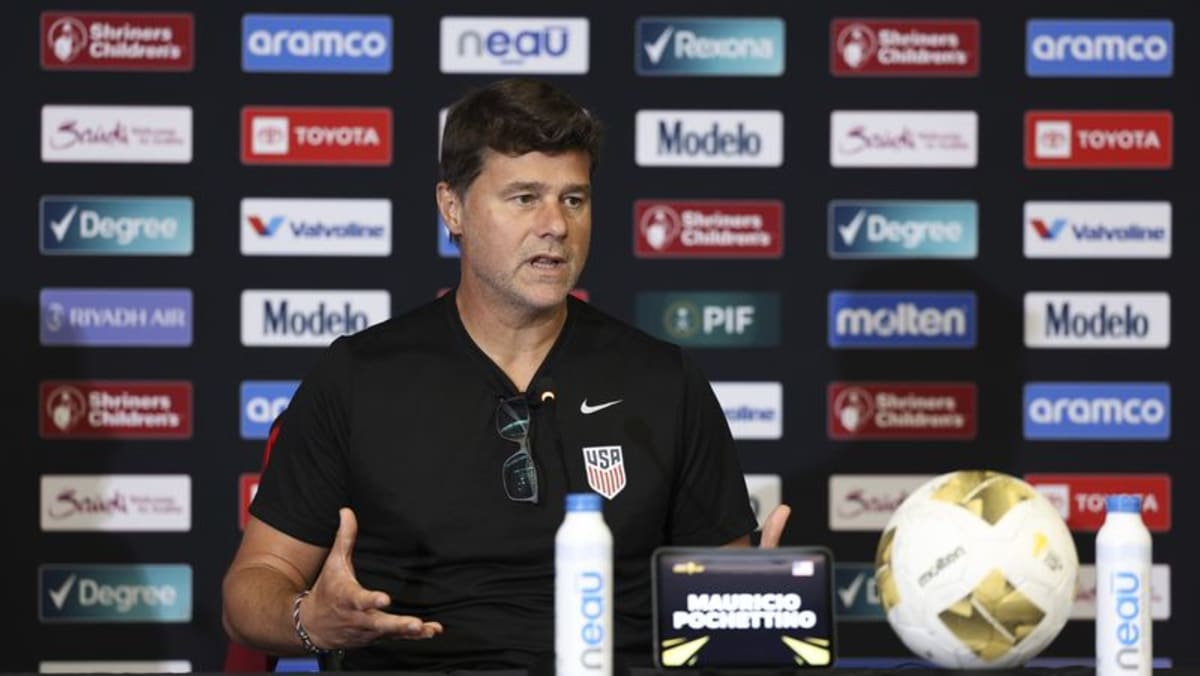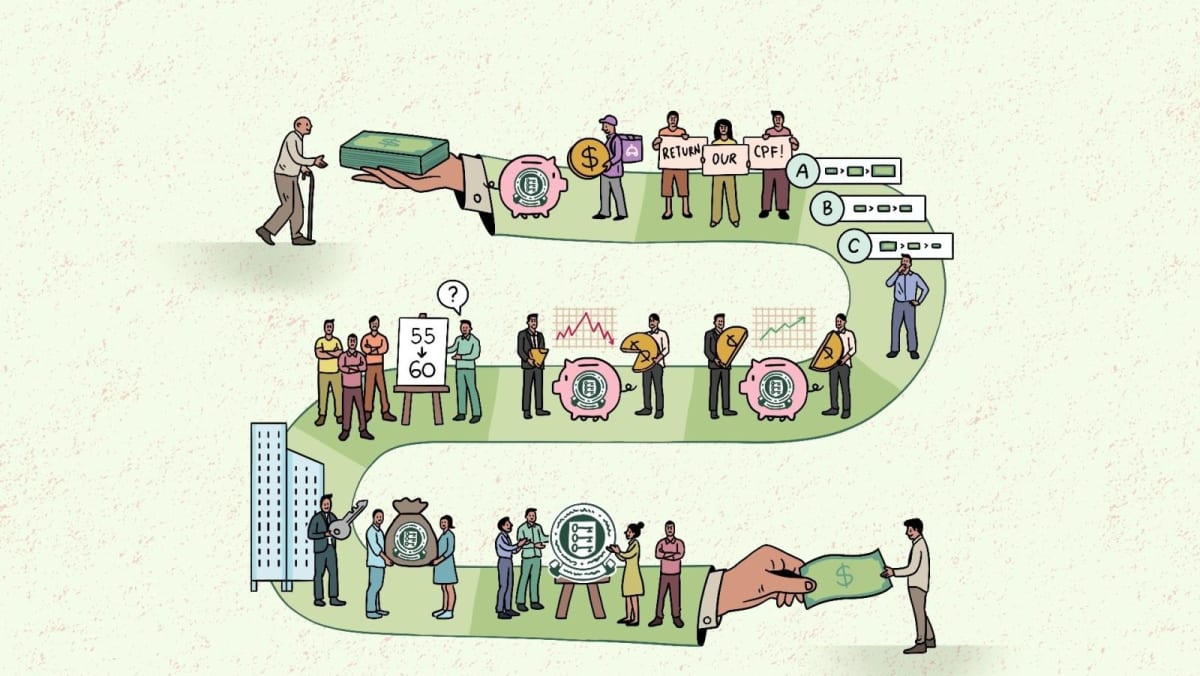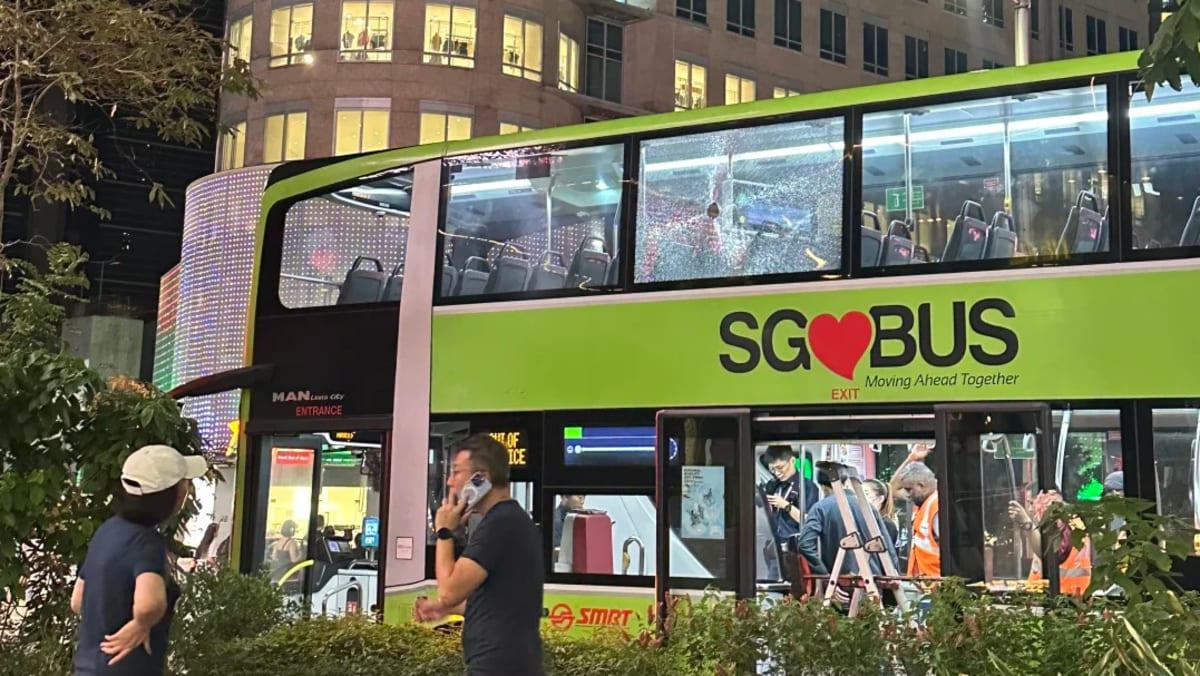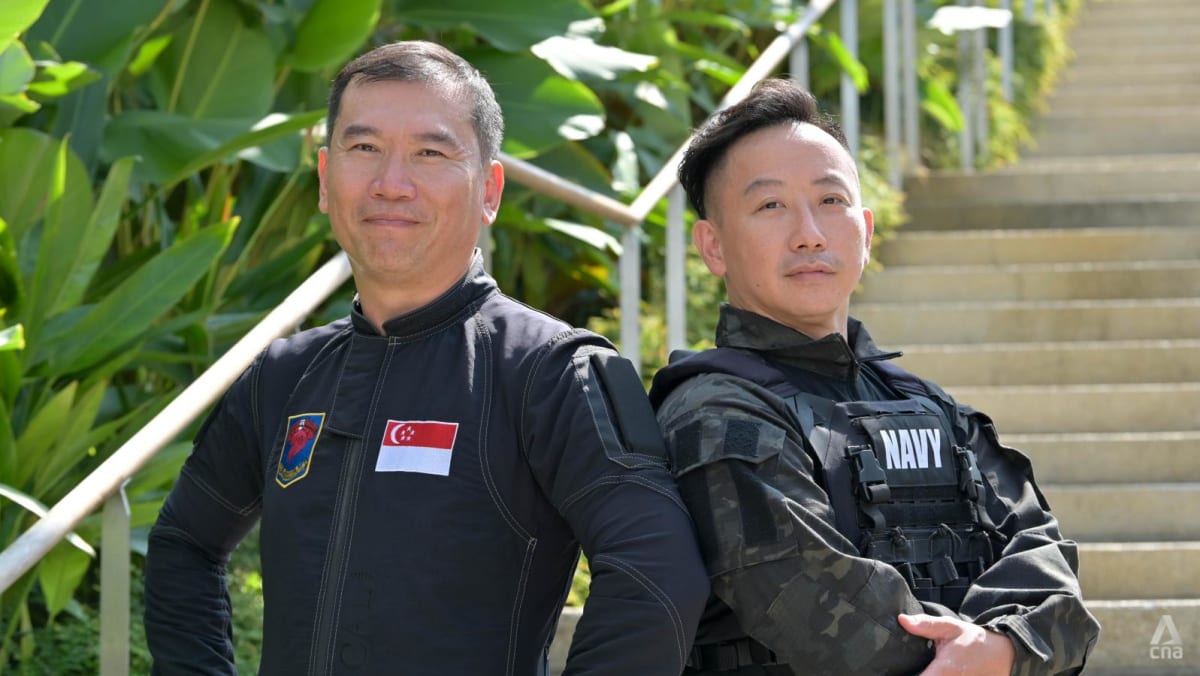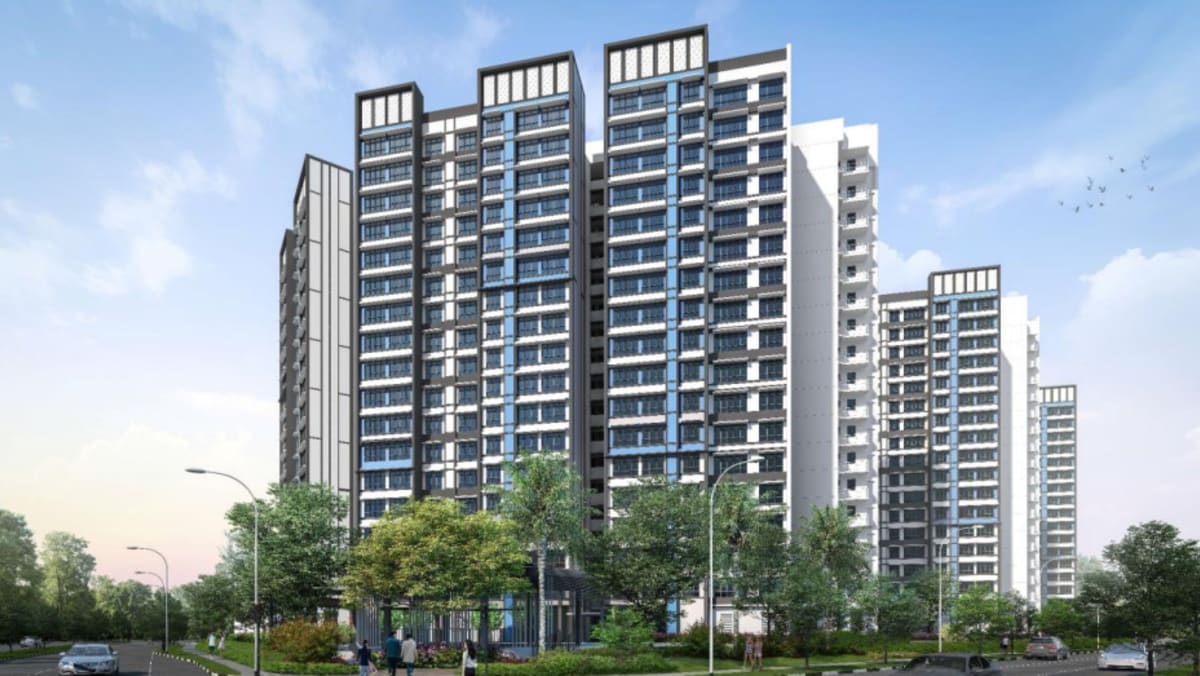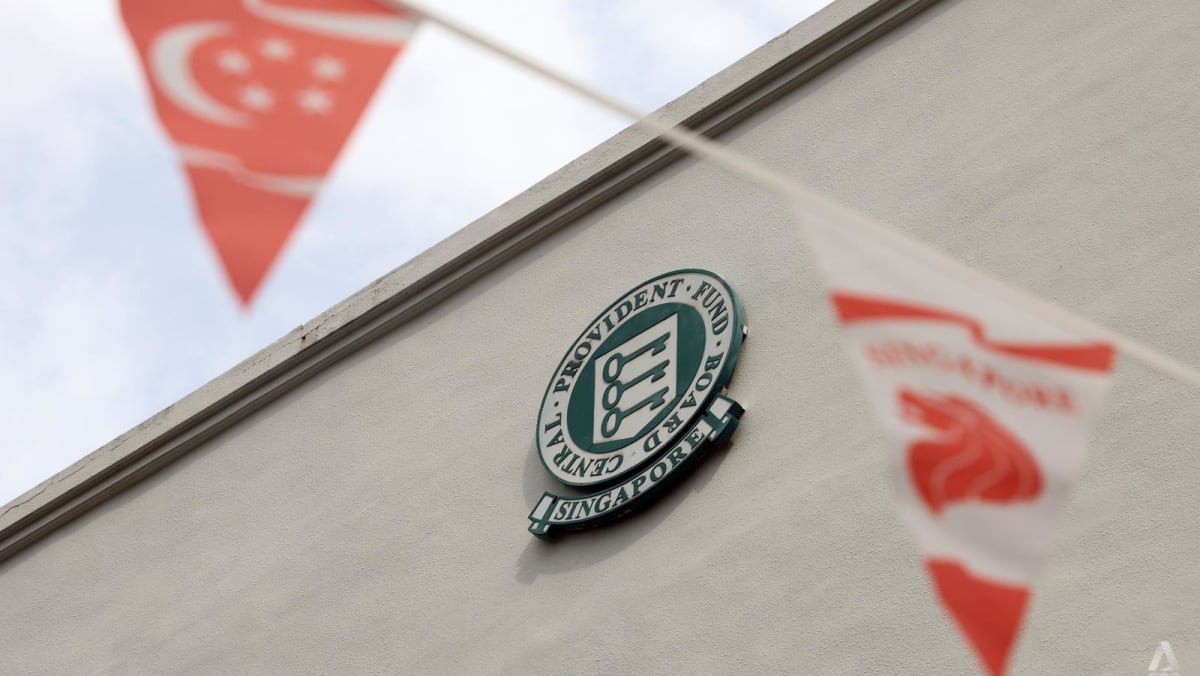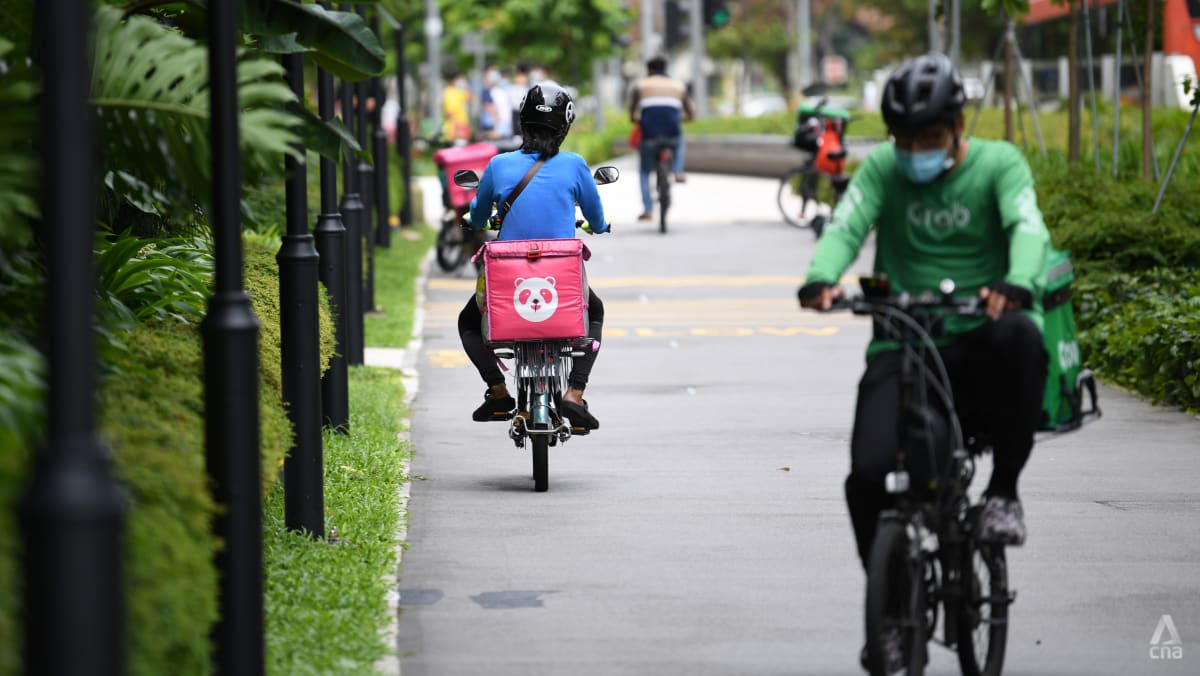In 1968, while the newly independent nation mulled the consequences of the British decision to pull its troops out from Singapore and Malaysia by 1971, Lee Kuan Yew called upon all Singaporeans to put in “improvement and effort”.
For the first time, Singaporeans could tap their CPF savings for the down payments on their HDB flats, a move that became key to driving Singapore’s homeownership rates upwards and giving people a stake in the country’s future.
At the same time, contribution rates from CPF members and their employers were raised from a total of 10 per cent to 13 per cent.
“I want to stress that nobody is getting less; in fact, everybody is getting more. What we have the right to expect is that everybody puts in more,” Lee Kuan Yew said in a July 1968 parliamentary sitting.
The new scheme to open up the use of CPF funds for home purchases proved “extremely popular”, CPF Board’s Save and Sound book stated.
About a week after the changes, the daily newspaper The Straits Times reported that there was a rush for HDB flats. Around 900 flat applications were made over nine days, or 100 a day, which is far higher than the 40 daily applications previously.
In 1969 alone, around 8,000 people registered to buy HDB flats, comparable to the total of 8,500 flat applications made in the five years after HDB flats were first launched from 1964 to 1968. A third of Singaporeans lived in public homes by the end of the decade.
In these early years, the CPF was seen as a “choice architect”, using policy to nudge Singaporeans towards decisions that aligned with state objectives.
However, these schemes also saw a fair share of criticism, including from people within the establishment.
Former labour chief and Cabinet minister Lim Boon Heng told the authors of Save and Sound that the proportion of CPF savings allowed to be used for housing was “way too high” and had the effect of pushing up home prices while depressing retirement funds.
“When people have more money they can deploy, the demand for housing and the type of housing rises; so prices rise. It is the fundamental law of economics. So people are happy when they see the value of their homes rise,” he was quoted in the book as saying.
“But when people retire, they find themselves asset-rich but cash-poor. It is a social problem today.”
As for healthcare, the government later established the national medical savings scheme Medisave in 1984, allowing Singapore workers to save for their own and their family’s medical needs.
PAP old guard Toh Chin Chye, who was previously health minister and deputy prime minister, believed deeply in free healthcare and clashed with Lee Kuan Yew over the concept of people self-funding their healthcare.
His successor in the health portfolio Goh Chok Tong, when introducing Medisave to fellow parliamentarians, stated: “Healthcare must be the social responsibility not solely, but primarily, of any government. But it does not mean that you discharge your social responsibility by dispensing free medicine or heavily subsidised medicine.”
Abstaining from the Medisave vote, Toh later also deeply disagreed with a recommended move to raise the CPF’s drawdown age from 55 to 60 or 65, which he said was “a breach of the CPF’s fundamental principle”, The Straits Times reported during another parliamentary debate that year.
The debate came about after the government released a report on the problems of the aged, commonly referred to as the Howe Yoon Chong report, named after the health minister at the time.
Longer lifespans meant that many CPF members, after taking out their funds at the original drawdown age of 55 set by the British, would run out of savings in their later years. The report thus suggested raising the drawdown age, but this was met with strong opposition.
The report had, in Toh’s words, “stirred the hornet’s nest” – the PAP saw a 12 percentage point drop in votes in the 1984 General Election with many attributing this result to the report.
Heated discussions about retirement adequacy eventually led to the creation of the Minimum Sum Scheme, proposed by then Second Labour Minister S Jayakumar as an alternative to the report’s suggestions, and then introduced in 1987 by Mr Goh who had become the deputy prime minister.
Under the scheme, people could withdraw part of their savings at 55, while the remainder could be taken out in stages. Even then, this issue of longevity risk would continue in the ensuing decades and put further strain on the CPF.
Current Manpower Minister Tan See Leng said to CNA TODAY: “Since its inception in 1955, our CPF system has been enhanced over many decades. Back then, life expectancy was much lower and the system’s main focus was saving for retirement.
“But as Singapore transformed, so did the CPF. Today, it not only supports retirement but also helps with housing and healthcare needs, giving Singaporeans more confidence in their financial future.”
